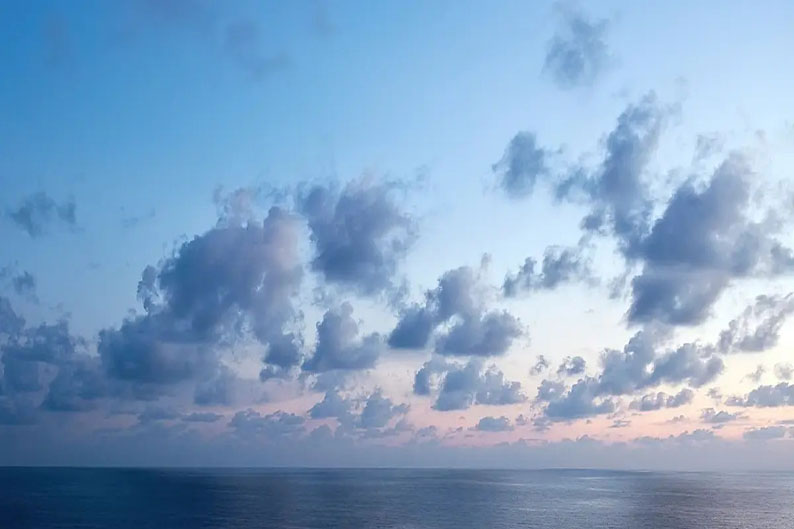
Giving Vigdis A Boost
A pump on the seabed gives the Vigdis oil field in the North Sea a boost that increases production by around 16 million barrels.
The Vigdis subsea field has produced oil via the Snorre field for 24 years. When the field came on stream in 1997, it was expected to produce 200 million barrels. So far, it has produced twice as much, and based on new estimates; the recoverable resources are 475 million barrels.
Increased Recovery Due To New Technology
In December 2018, the license partners – Petoro, Vår Energi, Idemitsu, and Wintershall Dea, as well as Equinor – decided to invest around USD 1.4 billion in the Vigdis Boosting project. This is a project for improved oil recovery (IOR), which includes a multiphase boosting station increasing production from existing wells. This pump came on stream in May.
Connected to the existing pipeline between Vigdis and Snorre A, the boosting station helps bring the sound stream from the subsea field up to the platform. In addition, it reduces wellhead pressure, which also leads to higher oil recovery from the wells.
Subsea pumps are essential to deep-water fields with long distances between subsea facilities and platforms. Examples of such projects are Tordis subsea separation and boosting, Gullfaks subsea compression, and Åsgard subsea compression.
Western Norway Project
The contract for supplying the boosting system, including the template and trawl protection, was awarded to OneSubsea, with engineering in Bergen and assembly at Horsøy near Bergen.
The company cooperates with sub-suppliers in Western Norway, such as Framo Flatøy, which fabricated the pump; RadøyGruppen, which fabricated the subsea template; and Luster Mekaniske Industri, which supplied the pipelines.
In addition to the subsea boosting station, more minor modifications have been made to Snorre A, which receives the oil from Vigdis, and Snorre B, which supplies the new boosting station with power from a new umbilical supplied by Nexans. Wood has been the leading modification supplier, and Deep Ocean has conducted the marine operations.
For more information, visit www.Seabeddrills.com
